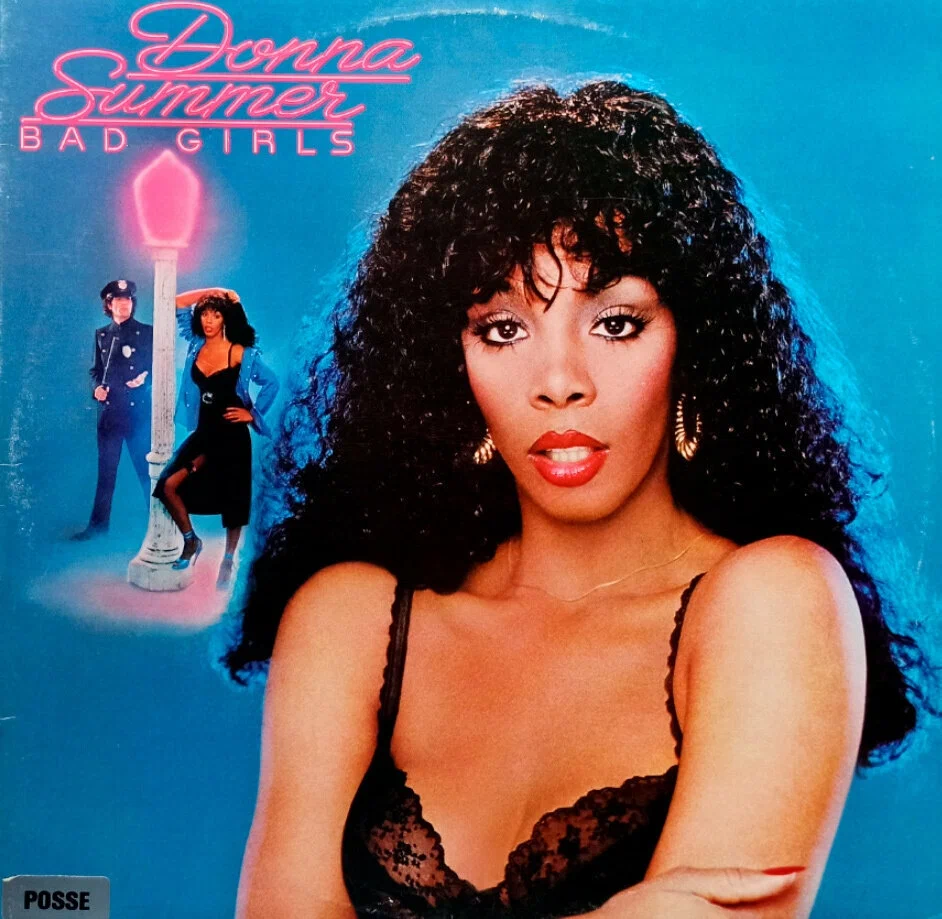
Donna Summer – “Bad Girls”: The Anthem of Empowerment That Ruled the Airwaves
In the summer of 1979, Donna Summer solidified her reign as the “Queen of Disco” with the release of “Bad Girls,” a track that became an anthem of empowerment and independence. Featured on her seventh studio album of the same name, the song quickly ascended to the top of the charts, capturing the spirit of an era defined by liberation and unapologetic self-expression.
“Bad Girls” was released by Casablanca Records as the album’s second single on June 23, 1979, and it wasn’t long before it became a chart-topping phenomenon. The track, produced by Summer’s frequent collaborators Giorgio Moroder and Pete Bellotte, was co-written by Summer herself along with Bruce Sudano, Joe “Bean” Esposito, and Edward “Eddie” Hokenson, members of the Brooklyn Dreams. The fusion of disco’s infectious rhythms with a rock-influenced edge set “Bad Girls” apart from many of the era’s hits, making it both a critical and commercial success.
The song’s success was nothing short of extraordinary. It spent an impressive five weeks at number one on the Billboard Hot 100, dominating the airwaves from July 14 to August 11, 1979. The song’s infectious groove and relatable lyrics resonated with a wide audience, allowing it to achieve massive popularity not just in the United States, but across the globe. “Bad Girls” reached the Top 10 in seven countries, including New Zealand and Spain, showcasing its universal appeal. In the U.S. alone, it sold over two million copies, making it one of Summer’s most successful singles alongside “Hot Stuff.”
The success of “Bad Girls” was instrumental in propelling the Bad Girls album to multi-platinum status in the United States. The album itself became a defining work of the disco era, characterized by its blend of danceable beats, powerful vocals, and themes of empowerment. Donna Summer was not just a voice of the disco movement; she was its embodiment, and “Bad Girls” was her proclamation of strength and independence in a male-dominated industry.
Lyrically, “Bad Girls” tells the story of women who refuse to be judged or held back by society’s expectations. The song’s narrative revolves around the lives of women who work the streets, often marginalized and misunderstood, yet strong in their own right. The repeated chorus, “Toot toot, hey, beep beep,” became an instantly recognizable chant, further embedding the song in the cultural consciousness. The song’s powerful message was clear: these women, though labeled as “bad girls,” were owning their lives and choices with confidence and pride.
The production of “Bad Girls” was groundbreaking for its time. The combination of disco beats with a rock guitar riff gave the song a unique sound that transcended the boundaries of genre. This crossover appeal allowed “Bad Girls” to reach listeners who might not have been typical fans of disco, expanding Donna Summer’s influence beyond the dance floor.
“Bad Girls” remains a staple of Donna Summer’s legacy, a track that continues to be celebrated for its impact on music and culture. It stands as a testament to her talent and vision as an artist who wasn’t afraid to push boundaries and challenge the norms of her time. Even decades later, the song’s energy and message resonate, reminding us of a time when the dance floor was a place of freedom and expression, and Donna Summer was its undisputed queen.